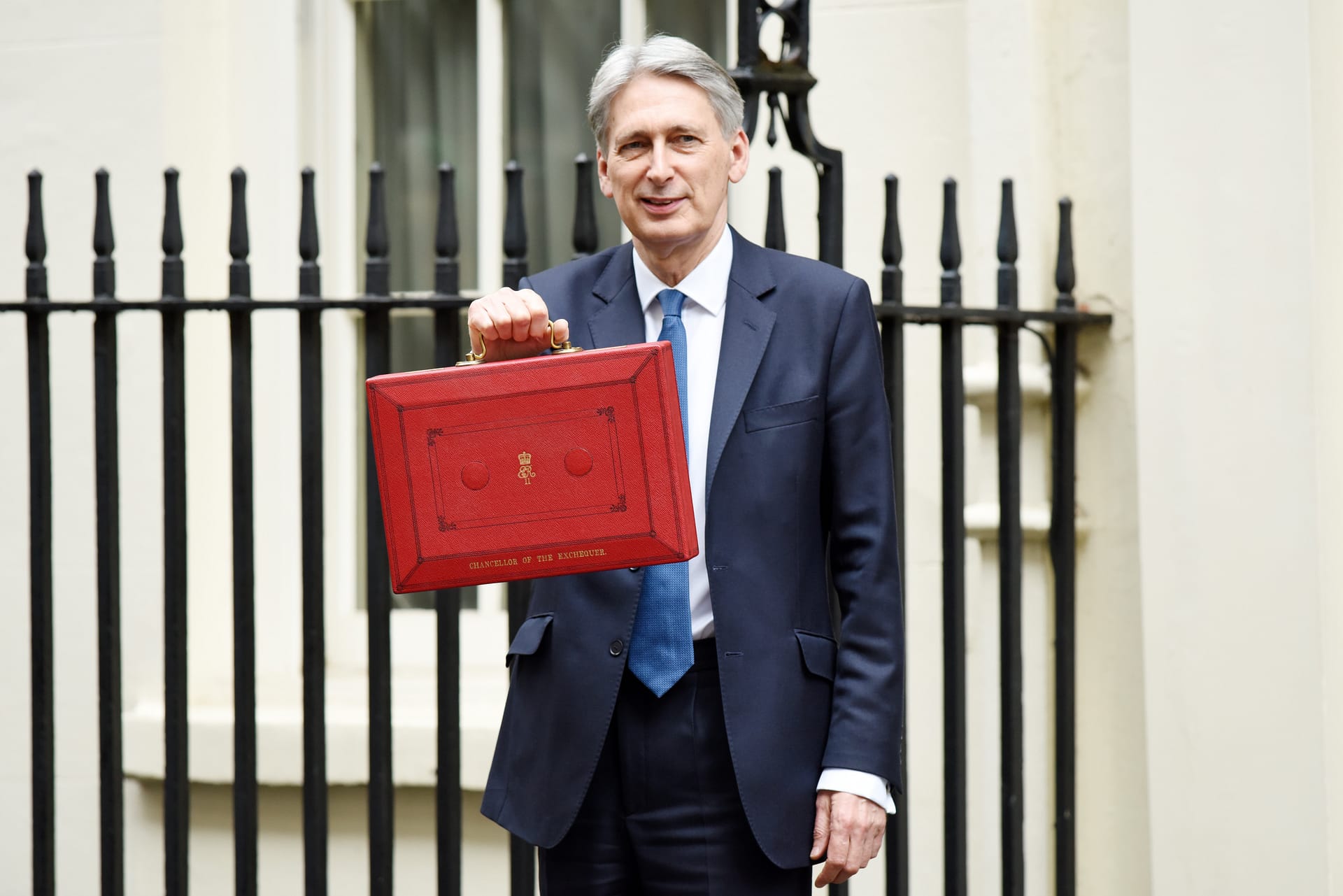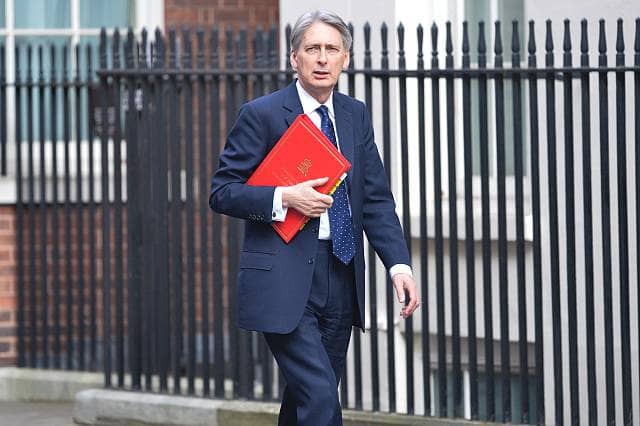As consumers across the country next week assess their payslip against increased cost of energy, taxes and goods, new research released by KPMG shows the impact that rising monthly costs are having, and not having, on consumer spending so far in 2022.
With the cost of living squeeze tightening, KPMG asked 3000 consumers about their 2022 purchasing and their spending intentions for the rest of the year.
- 31% said they have been buying LESS of the things they want so far this year.
- 43% said they have been buying about the SAME amount as in 2021.
- 17% said they have been buying MORE of the things they want so far this year.
- The rest weren’t sure.
Of the third of consumers that have been buying less, the majority said it was due to them having less money as costs rise.
As this group look for ways to balance their budget, clothing (67%, rising to 75% amongst women) and eating out (65%) are the most common targets for cost cutting. Other savings are being made on:
- Takeaways: 56%.
- Food and drink shopping: 51%.
- Experiences (such as Cinema): 47%.
- Holiday (lower price or delaying): 39%.
- Beauty products or services: 34%.
- Transport / vehicle use: 31%.
- Subscriptions (such as TV or gift boxes): 26%.
- Fitness (such as gym or sports clubs): 18%.
Rising costs of goods and services, and higher household bills and taxes, are the biggest deterrents to spending savings in 2022 for those who have some. On average, from April, those polled expect to have to spend £82.80 more each month on bills and taxes.
One third of all consumers with savings are having to spend them to help meet the higher cost of living. But the remaining majority with savings still plan on spending some in 2022 on the things they want:
- 26% said they will spend 1-10% of their savings in 2022.
- 22% said they will spend 11-25%.
- 10% said they will spend 26-50%.
- 3% said they will spend 51-75%.
- 1% said they will spend 76-100%.
- 20% said they will spend none.
- 18% haven’t got savings.
Those planning to spend savings intend to buy the following big ticket items:
- 38% said on a holiday.
- 32% said on home improvements.
- 22% said on a car.
- 21% said on home appliances/home electronics.
- 19% said on a home.
- 1% said other.
- 28% don’t plan to purchase big ticket items with savings this year.
Commenting on the findings, Linda Ellett, UK Head of Consumer Markets, Retail and Leisure at KPMG, said, “So far in 2022, the cost-of-living squeeze has caused a third of the consumers we surveyed to cut back spending on the things they want, and offset their bills by dipping into their savings, where possible.
“The majority of consumers haven’t yet had to take action, as the cost of living rises are yet to fully bite. Spending intention amongst this group remains relatively strong, despite the wider landscape. A key question for the UK economy for the remainder of 2022 is as costs continue to rise, how many of this group will remain able and willing to spend?”
KPMG economists forecast a slowdown in annual consumption growth, from 6.2% in 2021, to 4.3% in 2022 and 0.5% in 2023. Lower-income households are particularly vulnerable to this year’s rise in utility costs. Households at the bottom end of the income distribution potentially stand to lose more than 8% of their total disposable income during this year from the combined April and October 2022 energy price cap increases.






Leave a Comment